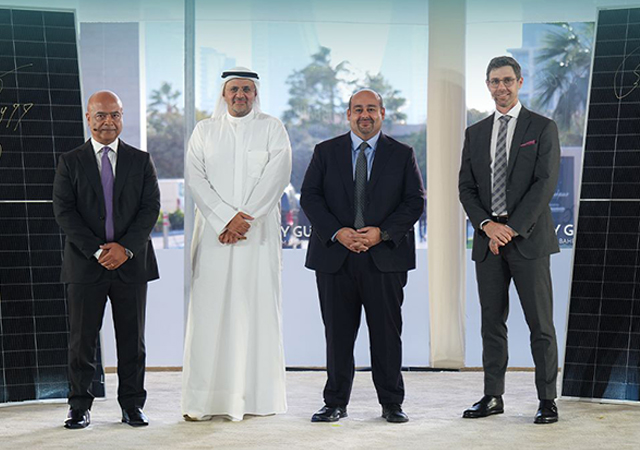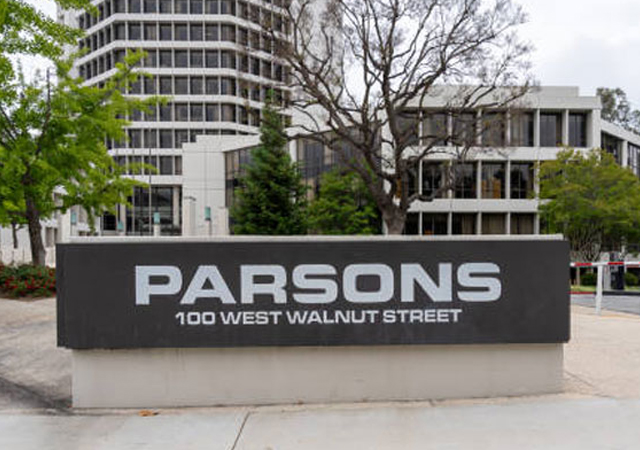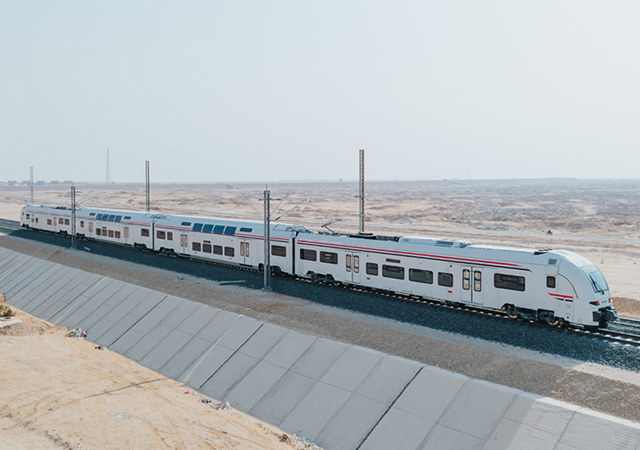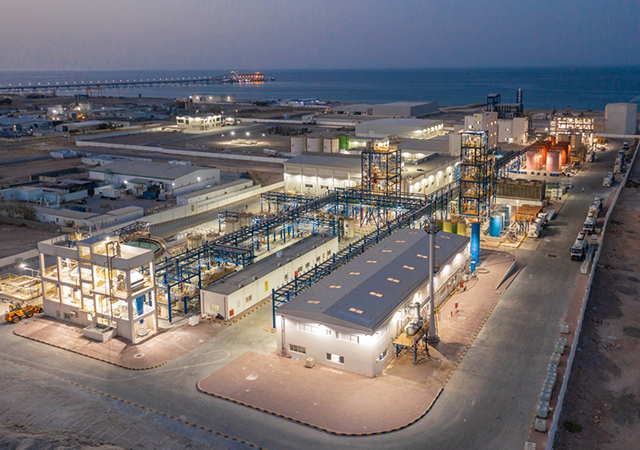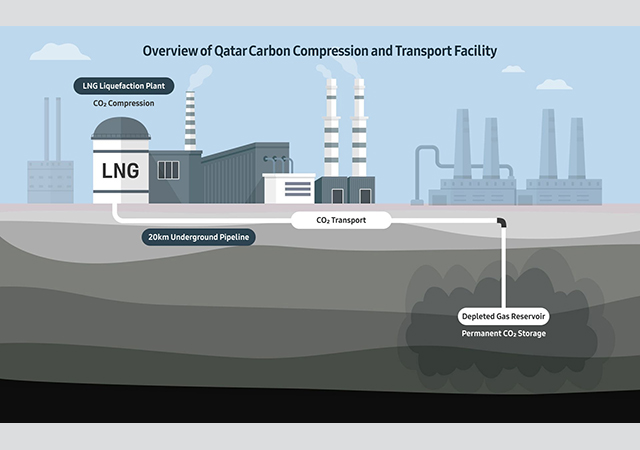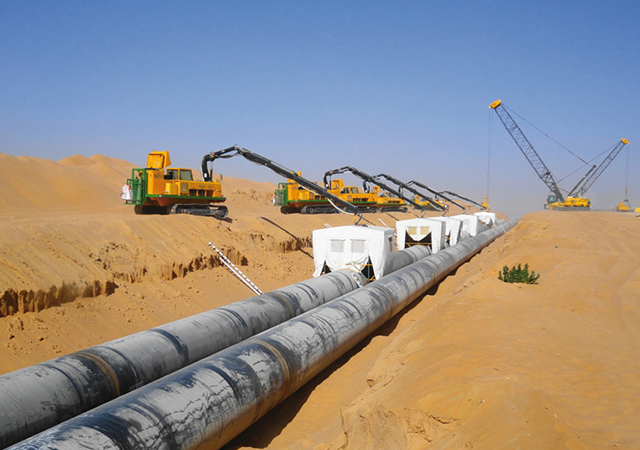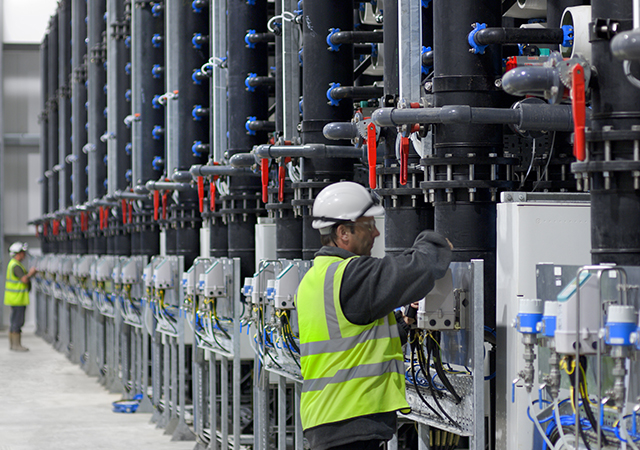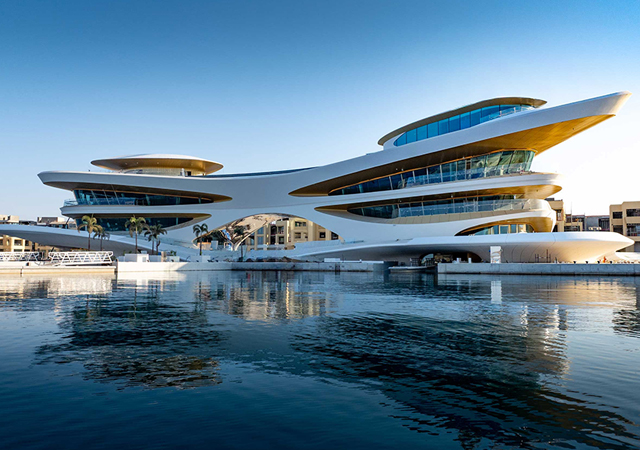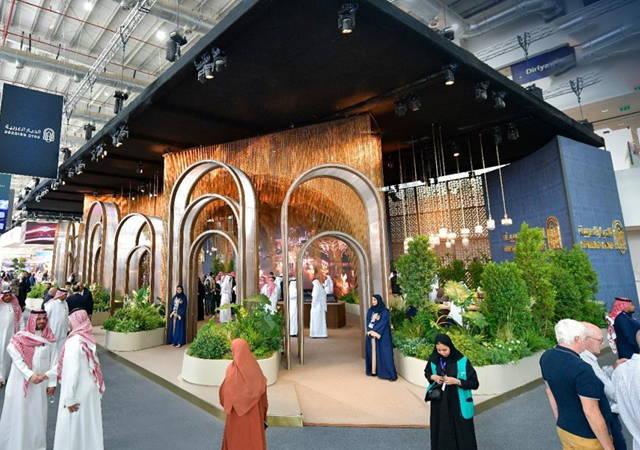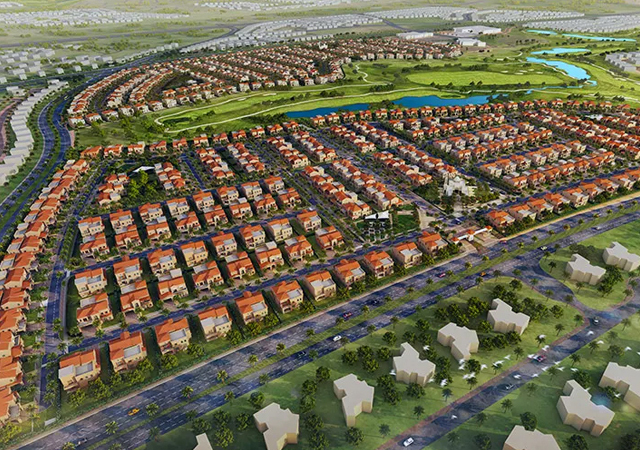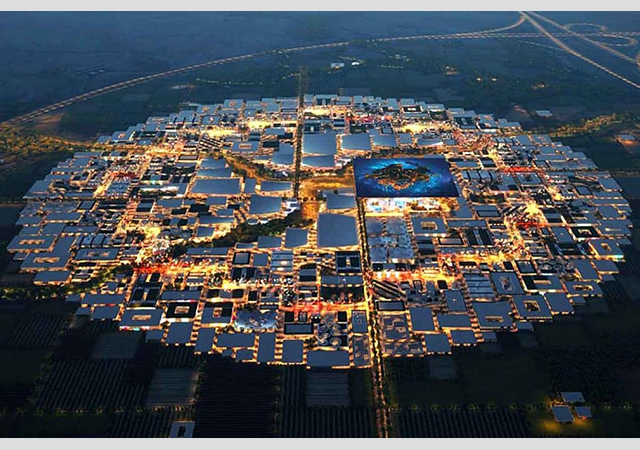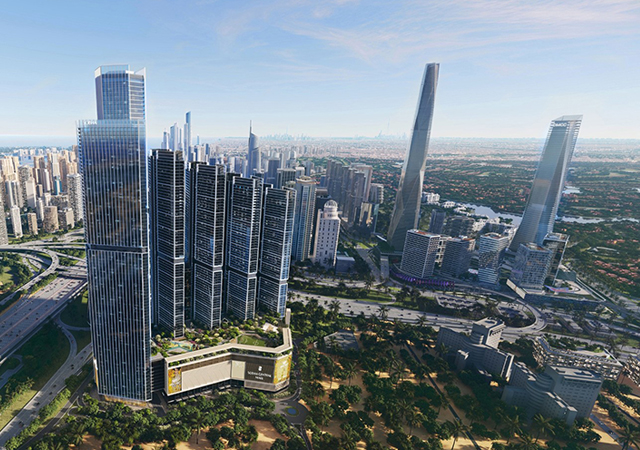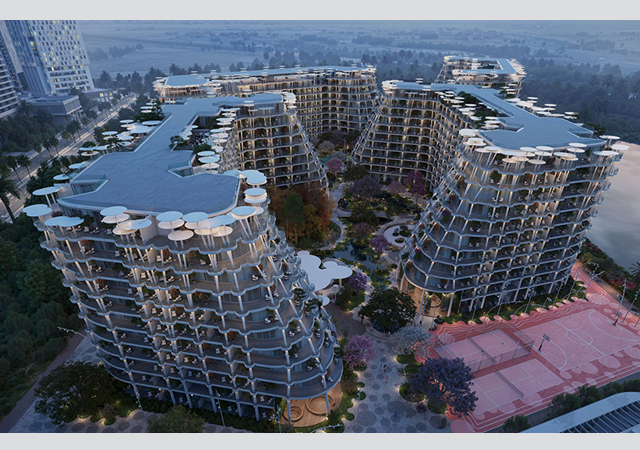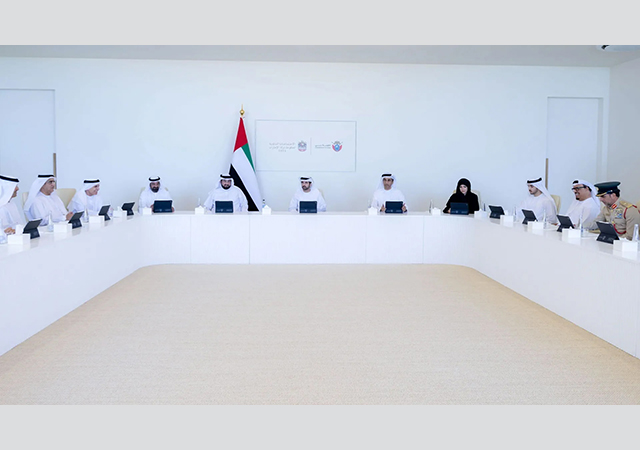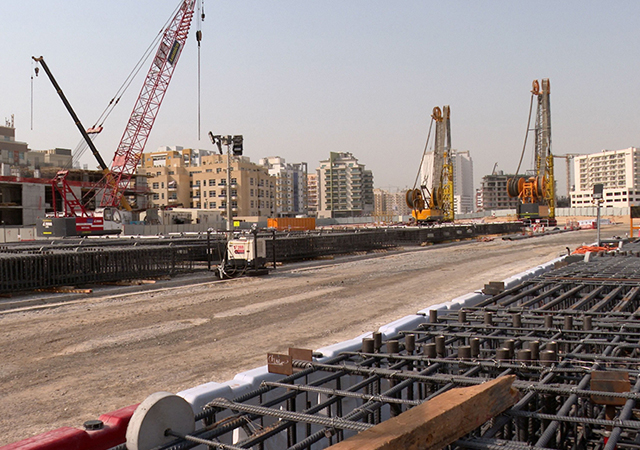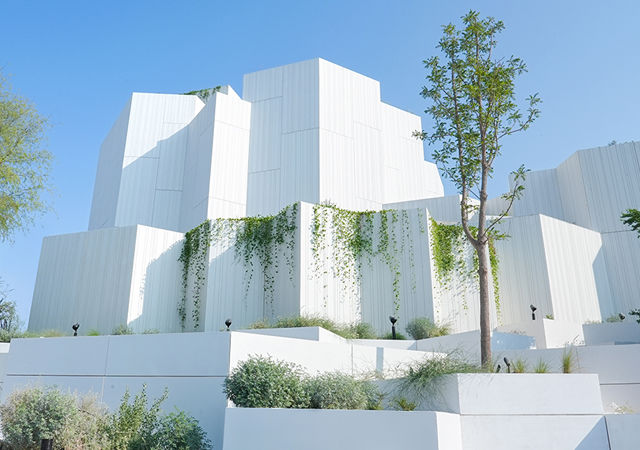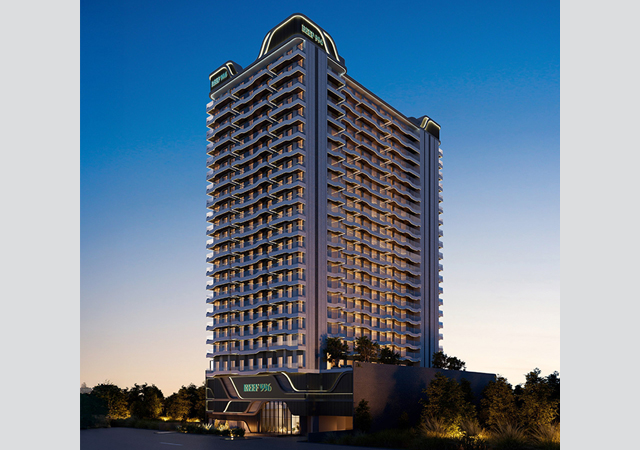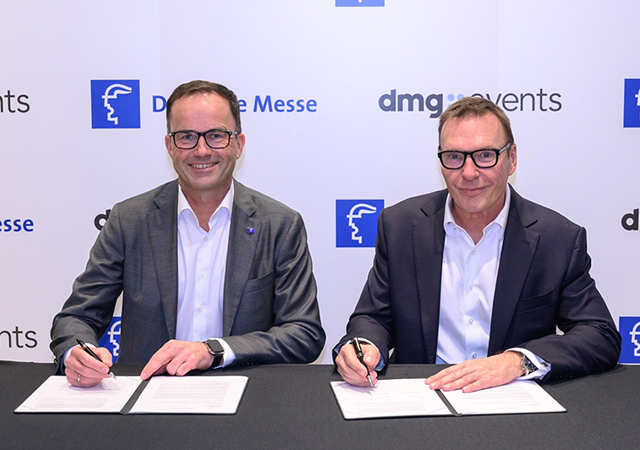
 A Masa expert treats a washroom.
A Masa expert treats a washroom.
SEWERS and drains are dwelling places for many insects. For some insects, stagnant water plays an important role in their lifecycle. For example, the larval and pupal stages of mosquitoes that spread many diseases like malaria, dengue fever and encephalitis, are possible only in stagnant water.
A proper pest management programme should be set up or developed for controlling the drainage and sewerage pests within the premises. For this, a thorough knowledge about the related pests and their developmental stages is required. Only spraying or pouring pesticides inside drainage networks will not exterminate or eliminate pests. This requires integrated pest management (IPM), which is not a single pest control method, but rather a series of pest management evaluations, decisions and controls.
IPM is an effective and environmentally sensitive approach to pest management that relies on a combination of common-sense practices. IPM programmes use current, comprehensive information on the lifecycles of pests and their interaction with the environment. This information, in combination with available pest control methods, is used to manage pest damage by the most economical means, and with the least possible hazard to people, property, and the environment.
There are many pests which reside in drains including cockroaches, drains flies, mosquito larvae, midges, rat-tailed maggots, rodents, pathogens and many more. These pests, which generally hide, reside or multiply in drainage or sewage areas, cause health hazards and damage to property:
• Drains flies: The larvae and pupae of drain flies live in the thin film found in drains and septic tank field lines and on filter stones. The larvae feed on fungi, bacteria, algae and other microorganisms found in the liquid or slime layers that develop around debris in drains, sewage treatment beds and standing water. Drain fly larvae are actually beneficial because they break down organic waste into water soluble compounds. Adult flies, however, are a nuisance. The key to solving a drain fly problem is to find and eliminate the source, that is, the areas where excess moisture and organic debris have built-up.
• Midges: Biting midges are minute tiny flies whose blood–sucking habits raise concerns about possible involvement in the transmission of disease agents. In natural environments, their numbers are normally controlled by natural processes such as predation. However, modified aquatic habitats in urban and rural areas can often create habitats beneficial to this insects.
• Mosquitoes: All mosquitoes have one common requirement – they need water to complete their lifecycle. In residential areas, human activities often create mosquito breeding sites or boost their proliferation in natural bodies of water. For example, road building and maintenance often impede the drainage of run-off from rainfall, creating a mosquito breeding site. Clogged drainage ditches along roads can become productive mosquito breeding sites. Stagnant water in unused or poorly-maintained swimming pools becomes an ideal breeding site. Chemical control of mosquitoes primarily targets the adult. Outdoor foggers will keep mosquitoes away for several hours, but once the chemical dissipates, mosquitoes may return to the area. Spraying thickets or shrubs along the perimeter of the yard helps in reducing the population of mosquitoes that rest in these areas. Eliminating breeding sites is the only long-term solution to severe mosquito problems.
• Rat-tailed maggots: Rat-tailed maggots are the maggots of drone fly, Eristalis. The larvae live in highly polluted water, lagoons and manure pits. Drone flies are not disease vectors and usually do not become a problem if sewage and manure are not allowed to accumulate in pits, ponds, or streams.
• American cockroaches: Also called water bugs, American cockroaches generally reside inside drains and sewer areas but are also found in moist areas in basements, cracks and crevices of porches, foundation, walkways adjacent to buildings, bathtubs, around manholes, the underside of metal covers of large sump pumps, among other areas. They can gain easy access into the premises if the drainage system is not properly developed and if no proper pest control measures or programmes are undertaken.
• Rodents: Rodents have been known to damage buildings, contaminate food and transmit diseases to people. They generally use drainage pipes or sewage systems as routes to enter buildings and gnaw on utility pipes, clothing, household materials, and electrical wires, which results in explosions, fires and equipment malfunction.
*Saudi-based Masa offers professional and reliable services delivered by its team of highly skilled pest control technicians. Its services are tailored to each individual property and to individual needs of the business in questions to ensure the best possible results are attained. The company’s expert team partakes in detailed discussions with clients prior to starting any work to establish the required frequency and level of service that is required.
The Jeddah-based company is Saudi Arabia’s largest pest control company with 11 branches kingdomwide and has gained a reputation through maintaining high-quality service standards over the past 34 years. A member of 13 international pest control associations, the company exerts every effort to boost public awareness of the pest hazards and urges the public to cooperate with a professional pest control operator to maintain a healthy environment.



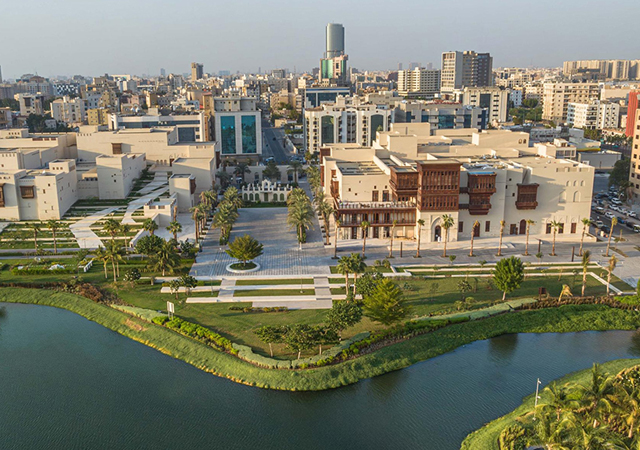
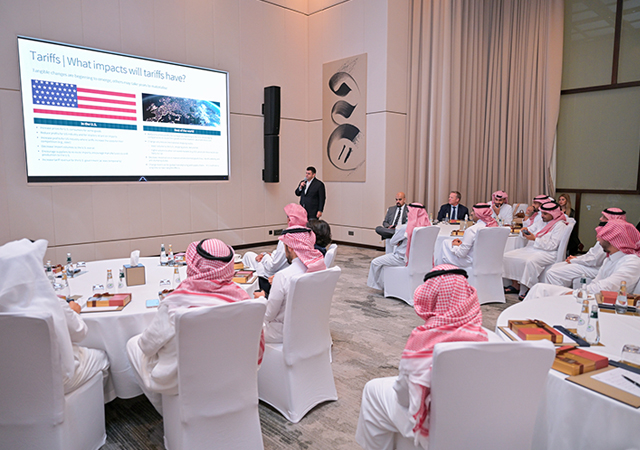
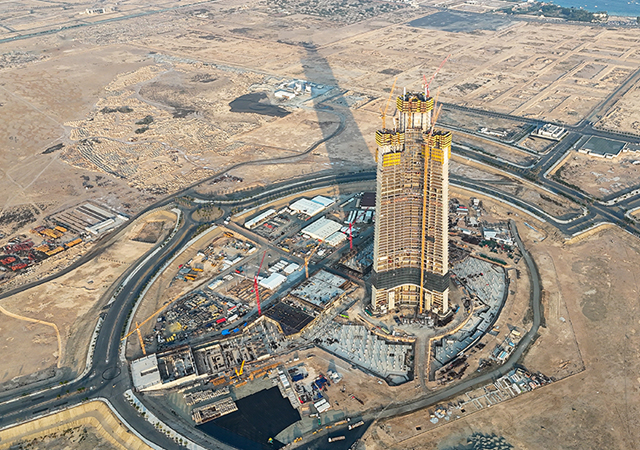
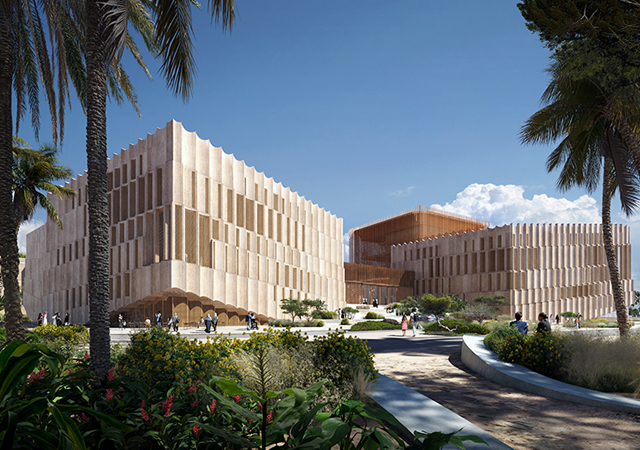

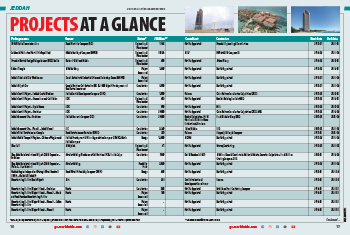
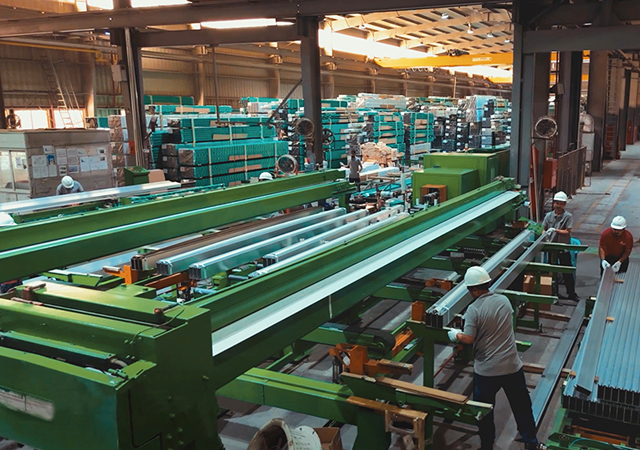


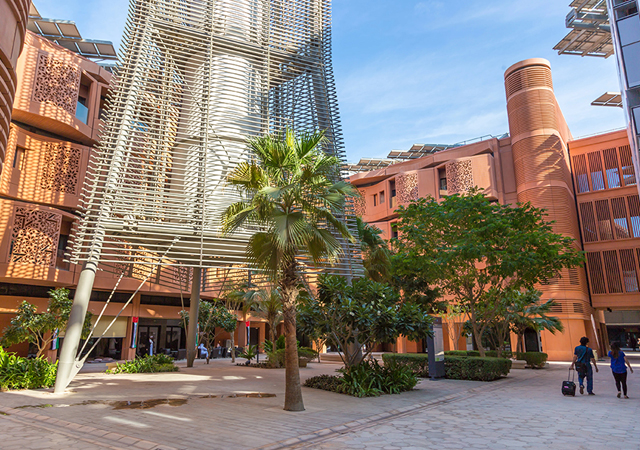

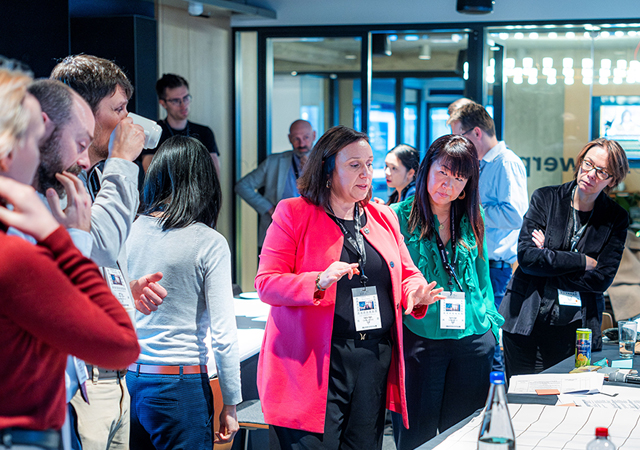
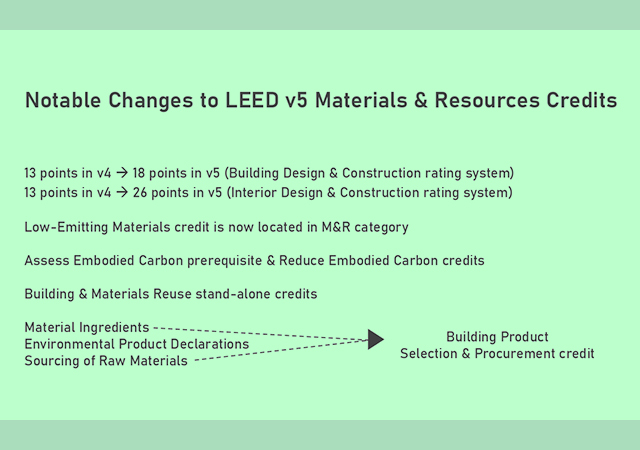
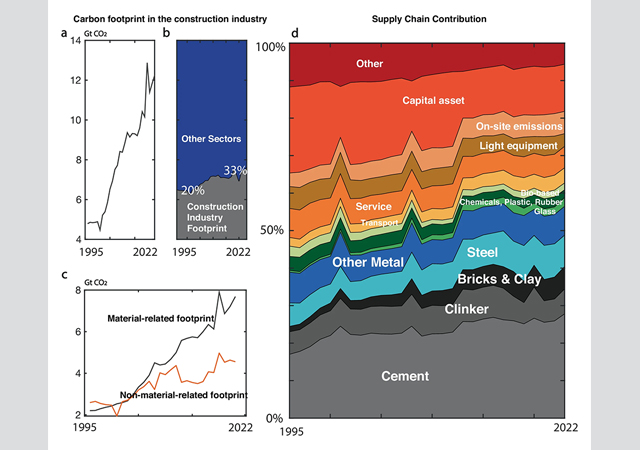
.jpg)

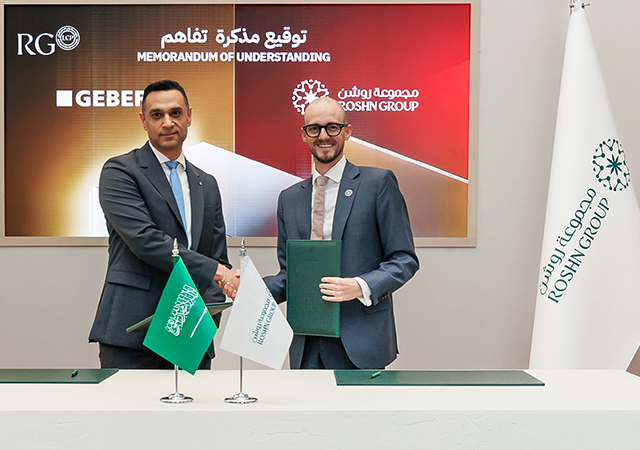

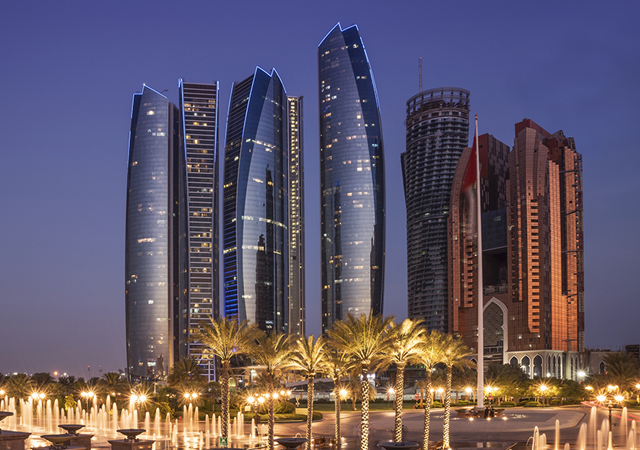
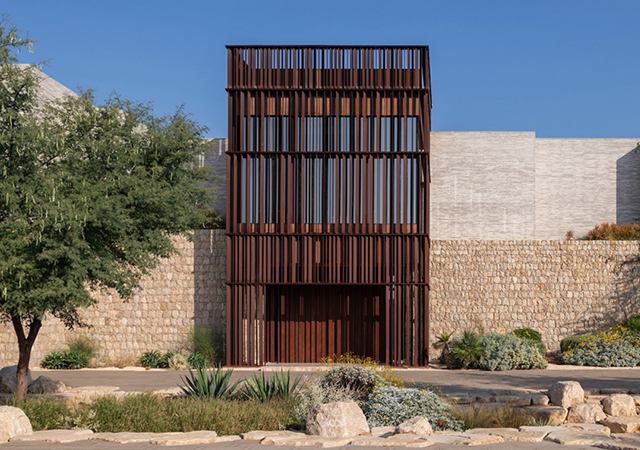
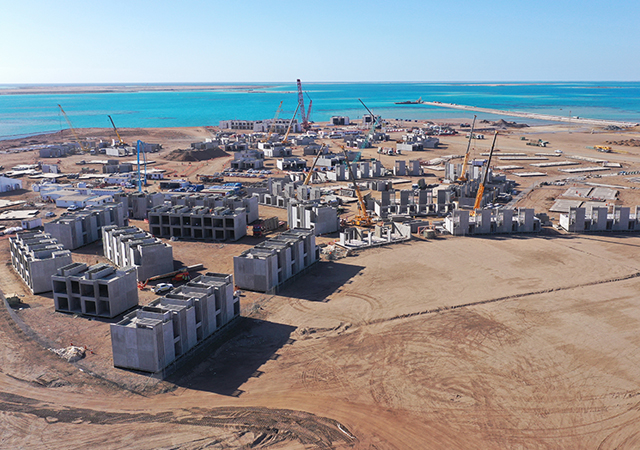

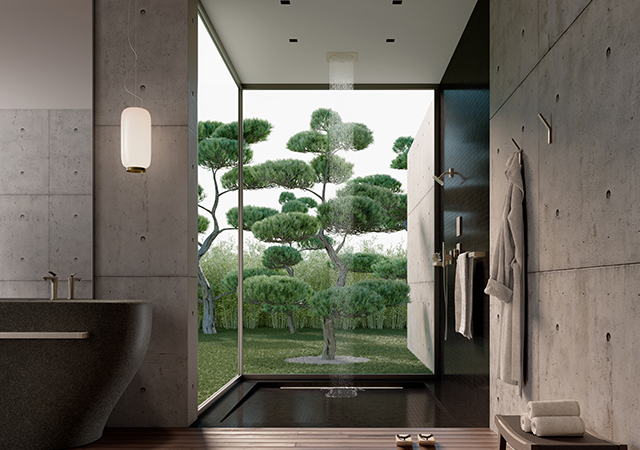
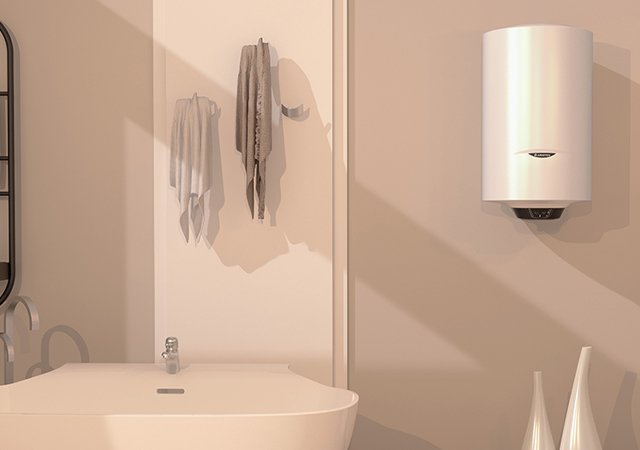
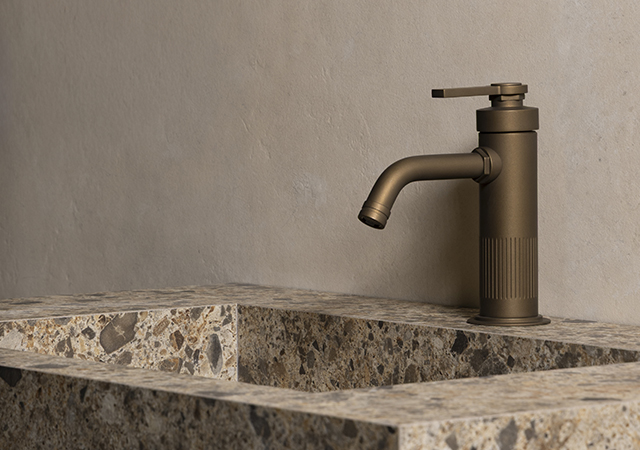


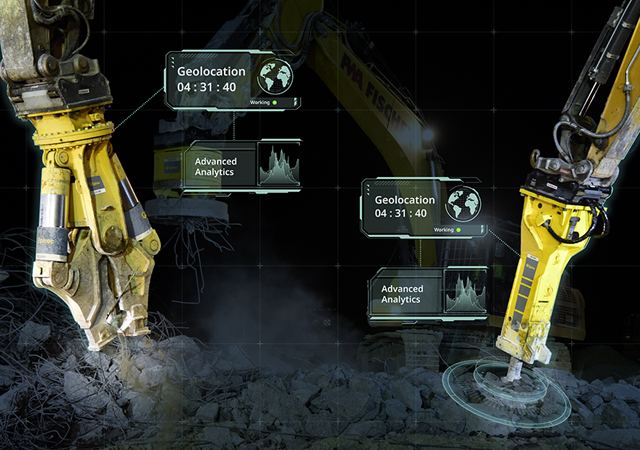
 (1).jpg)

